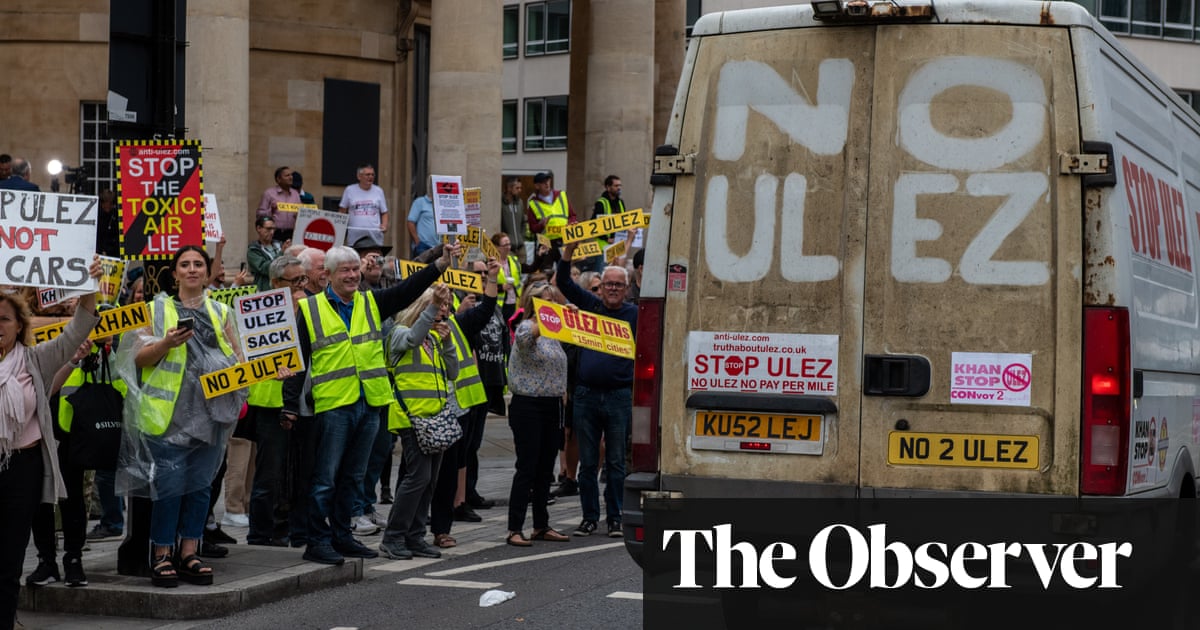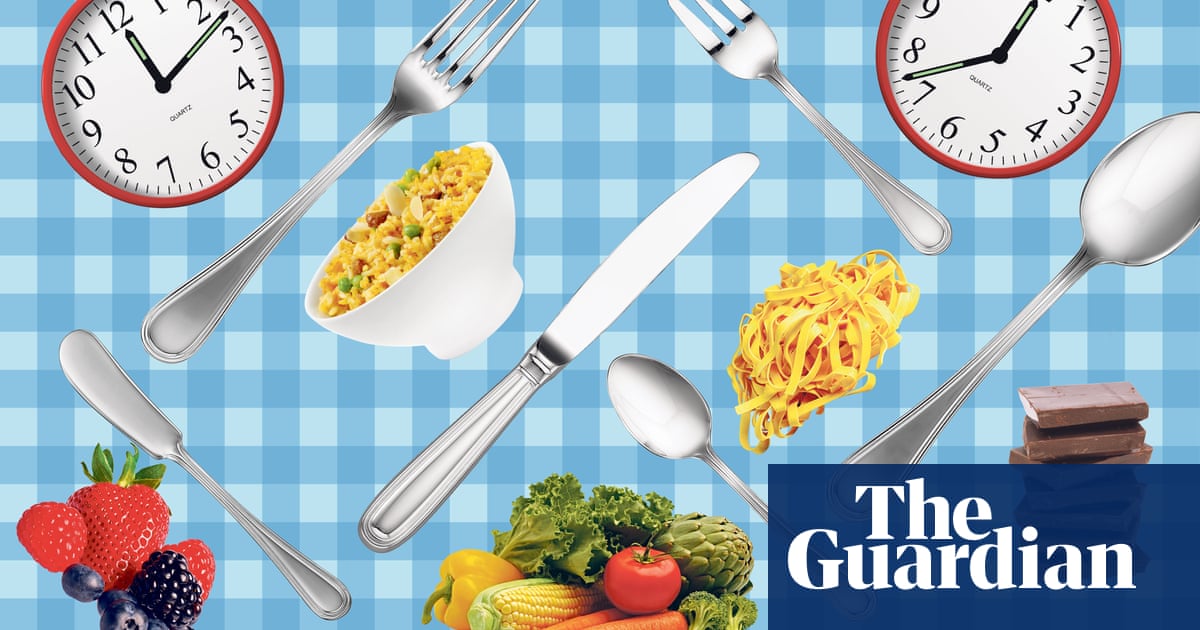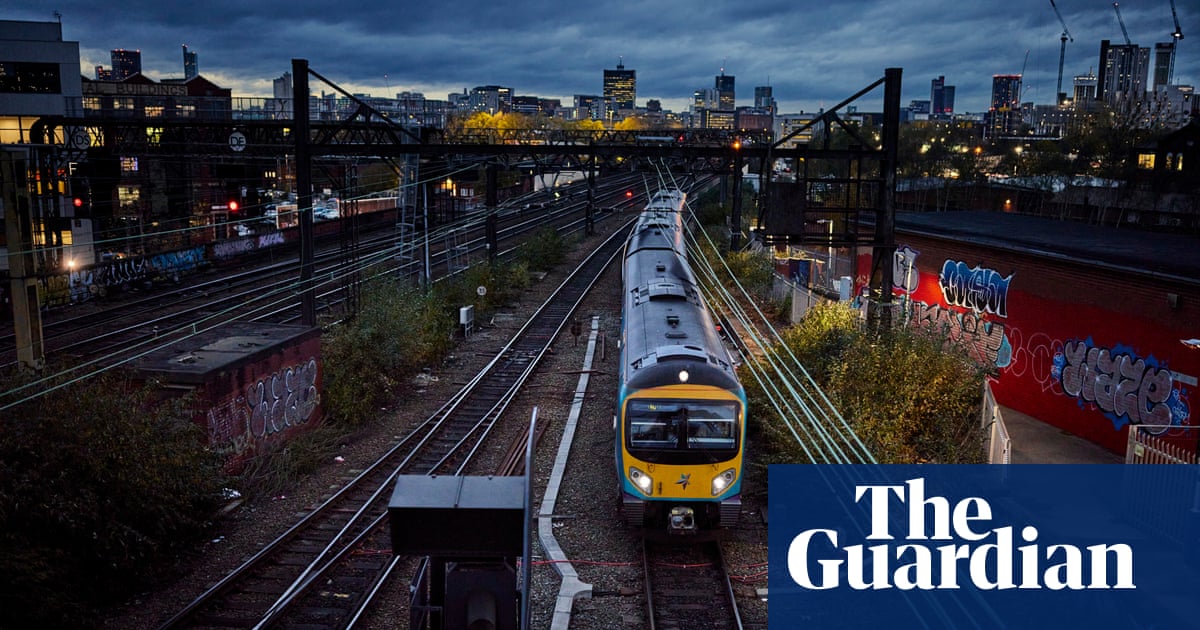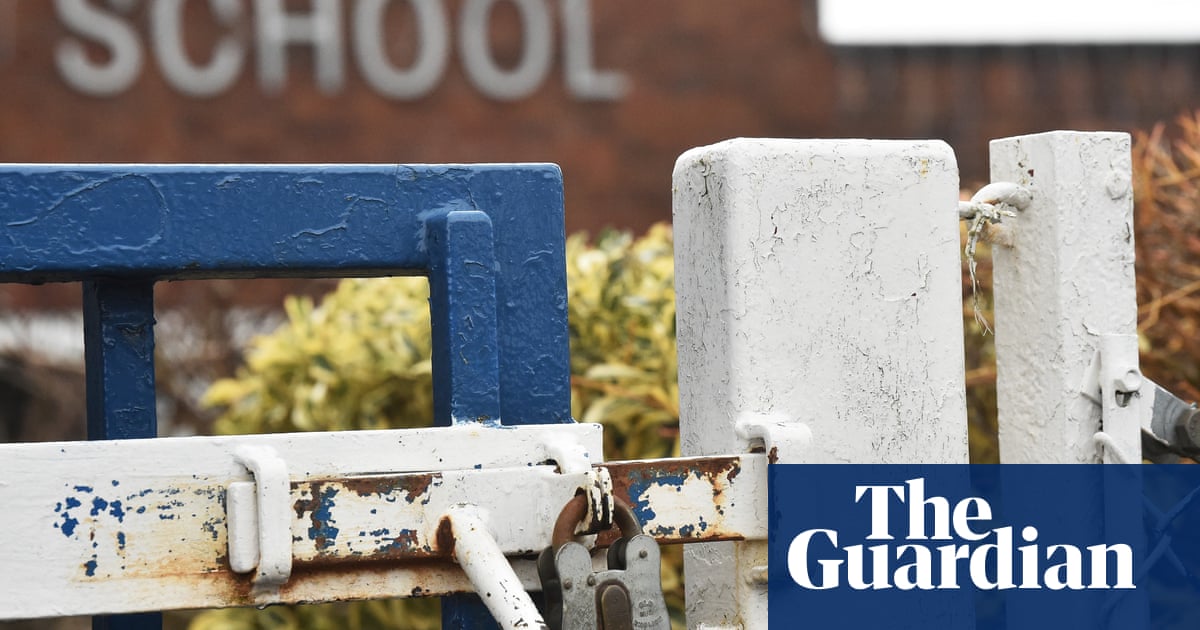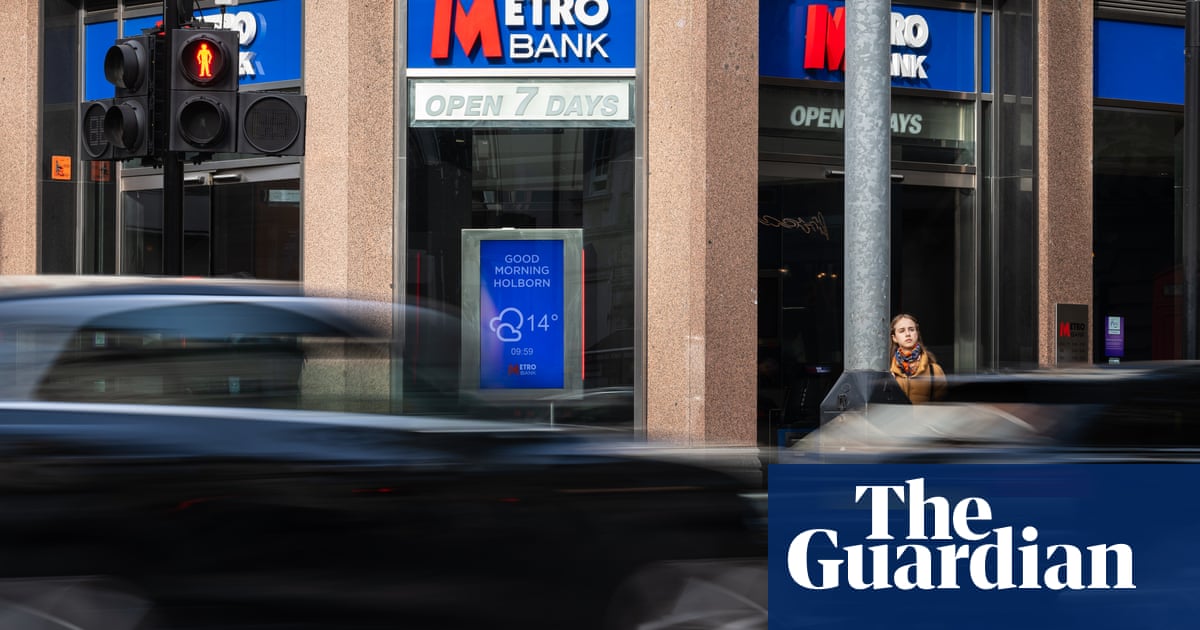
Oasis fans spent many frustrating hours of the weekend locked in a desperate race to secure tickets for the Mancunian band’s long-awaited reunion tour.
Shows were initially advertised at £148.50. But when fans finally reached the front of the queue, after many hours of waiting, many found that basic standing tickets had been rebranded as “in demand” and had jumped in price to £355.20.
The culprit is an increasingly common strategy known as dynamic pricing. It is commonplace in other industries but how and why did it creep into live music?
What is dynamic pricing?
When a seller does not set a fixed price for their product, but instead adjusts what they charge in response to changing demand. Airline tickets and hotel rooms are a longstanding example, rising during the school holidays or at weekends. More recently, companies such as the ride-hailing app Uber have deployed “surge pricing” to adjust prices more rapidly, in response to real-time demand fluctuations. Unlike ticketing, this in theory balances out the supply and demand equation by attracting more drivers to the area.
What about in live music?
For the biggest artists, limits on venue capacity mean there is often far more demand than supply.
In the US, dynamic pricing has long been the standard approach to this imbalance, with prices ratcheting up for the most in-demand shows. In the UK, artists have historically been more restrained, keeping ticket prices artificially low so that access is more about luck and dedication than the size of your wallet. However, in recent years dynamic pricing has become increasingly common.
How did dynamic pricing take off in the UK?
In 2018, Ticketmaster had its regular “primary” ticketing business but also owned two “secondary” ticketing websites, GetMeIn and Seatwave.
Secondary sites, which allow people to resell at any price, are overrun by professional touts, who can flip thousands of tickets for a huge profit. Amid public outcry over touting, Ticketmaster shut down GetMeIn and Seatwave, scoring a public relations victory.
Soon, fans started noticing the emergence of Ticketmaster Platinum, a controversial “premium” service that drip-fed higher-priced tickets into the market, after gigs were supposedly sold out. That year, Paul McCartney’s UK tour appeared to have sold out within minutes. But seats at the SSE Hydro in Glasgow, which had been on sale at £65, were later released via Platinum for more than £500.
Could artists stop dynamic pricing?
The decision ultimately rests with the artist, their managers and promoters. However, Ticketmaster is owned by Live Nation, a globe-spanning promotion and ticketing behemoth that is the dominant force in live music in most major economies. It has an incentive to advise the use of dynamic pricing because Ticketmaster takes a cut of the ticket price. The higher the price, the higher the cut.
Music industry sources say artists are often told that dynamic pricing deters touts from fleecing fans. In theory, the higher face-value price decreases the margin on offer for touts. However, Oasis tickets have also been dynamically priced in Ireland, where for-profit resale is illegal and secondary sites are not advertising tickets for shows at Croke Park.
Any other factors?
Music streaming services such as Spotify have all but destroyed artists’ ability to earn money through album sales. That means country-hopping tours have become a much more important revenue stream. In that sense, an Oasis fan who streams Don’t Look Back in Anger without paying for it is partly complicit in the eye-watering mark-up they might be charged to see the Gallagher brothers actually perform it.






